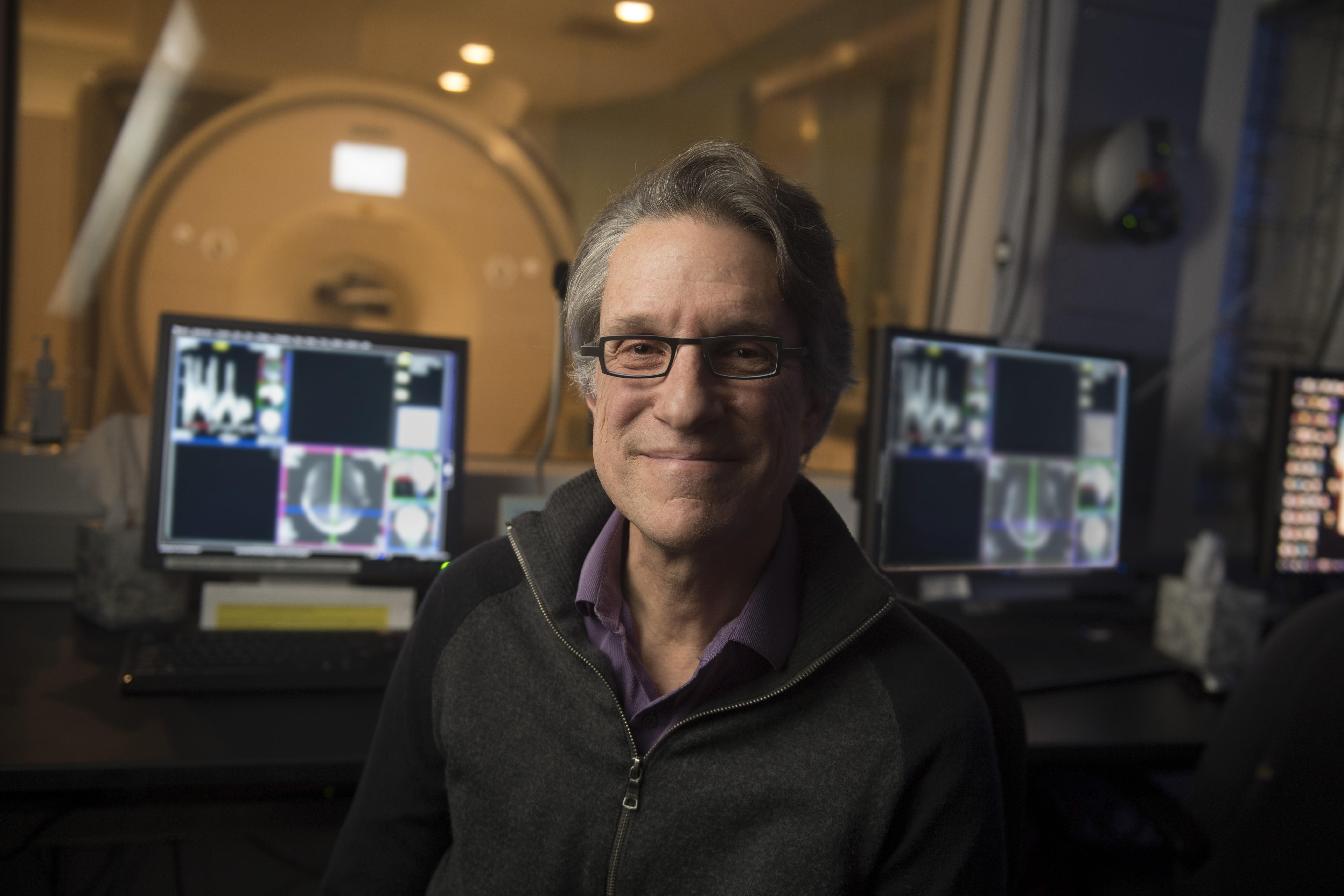M-BIC Lecture: Michael Garwood
Center for Magnetic Resonance Research, Department of Radiology, University of Minnesota, Minneapolis, US
Bringing compact head-only MRI scanners to life through novel methods that tolerate extreme field inhomogeneity
MRI is critically important for understanding the human brain and for diagnosing neurological disease, yet is currently inaccessible to ~90% of the world’s population. One way to increase the accessibility of MRI is to decrease the size of the magnet, making it lighter and transportable, but this comes at the cost of greatly diminished uniformity of the main magnetic field, B0. Thus, the main obstacle to making a small MRI scanner comes down to the question: Is it possible to make high quality MR images with a highly inhomogeneous B0? To accomplish this, the basic approach to performing MRI must change; specifically, how spatial information is encoded, and then, how the resulting MRI signals can be reconstructed into high resolution images. In this talk I will discuss the unique challenges and opportunities that arise within our approach, which uses spatiotemporal, frequency-swept pulses to excite MRI signals over broad frequency ranges. In addition, I will discuss a model-based image reconstruction algorithm that deciphers the spatiotemporal information in the MRI signals.
Also read
-
09 Sep 13 Sep
Data Protection Officer (DPO) Humanitarian Action Certification
Training and certification programme specifically designed for Data Protection Officers in Humanitarian Action.
-
12 Sep 10 Oct19:30 - 21:30
Human Rights
Studium Generale | Lecture Series
-
13 Sep10:00
PhD Defence Ines Mouchaers
"Managing Everyday Life: Exploring the Essential Components of Reablement and User Experiences"
